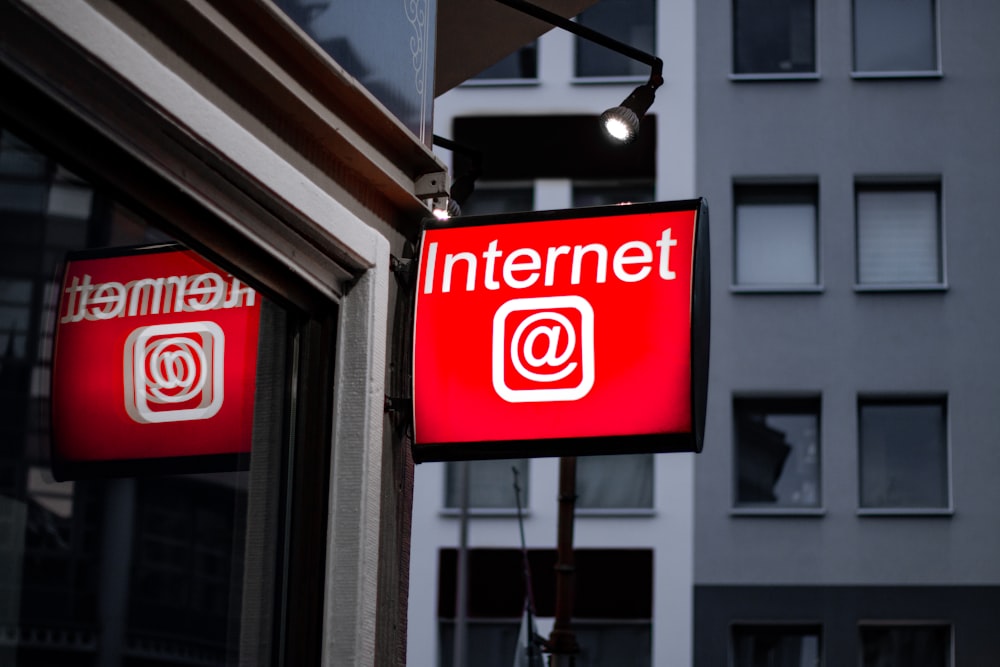 |
| https://unsplash.com/photos/PkyL3p9Kx8c |
What does it mean to be a storyteller?
Well what is a story?
Stories can be found in several
different forms, most people they think of them as being books, movies, and
simply around a campfire. These fictional tales are for entertainment. Looking
back at the twentieth century we can find incredible examples of stories; however,
they seem one sided (Boivin, 2014). Story tellers created the whole story, delivered
it to the consumers, consumers took the story for what it was and then that was
it. Fast forward to the modern day social media craze and technoculture, and you
can see that one sided stories no longer exist (boyd, 2009). Now when movies
and books are released, they are only a fraction of the story. Through modern
day participatory
culture the contents of the story spread across all platforms, and it grows
far beyond anything the original creator could have ever imagined. These
platforms are now consisting of virtual reality
and games allowing the consumer to be more involved than ever. This process of transmedia
storytelling creates new ways to draw in different audiences (Jenkins,
2007). However, books and movies aren’t
the only places in which we can see stories. Storytelling can be found in
brands. In our modern society, a brand’s ability to tell a good story is
crucial. In order to do so, a brand’s story needs to be authentic and consist of
the “Four I’s”; Interest, Instruct, Involve and Inspire (Fell, 2017).
Why is it so crucial?
Well as
Simon Sinek states, “People don’t buy what you do, they buy why you do it”. Consumers
no longer buy things based solely on the performance of the product. They need
to believe in the purpose of the brand. They seek to be a part of a community,
one that is built from the foundations of the brand’s purpose. Working in the creative
industries, it will be my responsibility to give people a purpose to join
the community of a brand. This purpose can be something as simple as a motto or
a way of life, an example being the brand Rip Curl, their motto is the idea of
“The
Search”. They describe it as a way of life, a call to action or a purpose
of adventure. Due to social
networking services this brand isn’t restrained by it’s geographical
location, it has the ability to have a global community of people who believe
in the story of “the search”. This creates an environment for friendships and deeper
relations to be made based from the common interest in the brand’s motto. Inspired
by the motto, members can create user- generated
content, expressing what the idea of “the search” means to them, further
developing the overall story of the brand (Jenkins, 2011). The network that is
created was all possible from the single motto the brand provided, the rest of
the story was developed through numerous forms of media and the interactivity
of those that believe in the brand’s purpose.
 |
| https://unsplash.com/photos/2m71l9fA6mg |
In our digital age it is no longer
an option to be online. In fact, some brands are solely online, because the
need to be a physical location isn’t necessary anymore. This necessity for
being online isn’t just for brands, but also for the individual. As our society
continues to shift further into a digital knowledge
economy, obtaining a job is highly dependent on ones understanding of modern
digital tools (Smith, 2015). With the digital progression of society, it is vital
for people to stay up to date with the current tools so they don’t fall into
the digital divide (Hargittai, 2002). When people fall behind on their digital
literacy they not only hinder their personal development, but also their
capability to succeed in the modern workplace (Pianfetti, 2001). Being a
designer, I need to ensure that I stay up to date with the current design tools
that are being used. My ability to properly use these tools, will enable me to effectively
engage with not only those I work with, but the rest of the digital world as
well. As a designer I could create an image and put a creative
commons license on, this would allow others to work with and add to my
design. This gives me the ability to collaborate with individuals from
different backgrounds promoting the process of heterophily leading to new
innovations and creations (Dutcher, 2014).
Is every innovation worth the hype?
Innovations tend to follow the hype
cycle, an example of this would be Apple’s watch. The first gen watch was a
complete failure, but the company fixed the problems and made it better.
Overall with technology we create lifechanging innovations (boyd, 2012). We’re
able to connect minds from all over the world, allowing them to contribute to
the online collective
intelligence. Through this knowledge network, an individual’s ideas don’t
start and end with them, they just grow and get built upon by others (Bush,
1945). This knowledge is a public
good and is available for anyone that has an internet connection and a
device to access it on. Unfortunately, not everyone has this luxury. Though
there has been a global increase in internet access, there are still billions
of individuals that don’t have any connection. This difference in access
creates the information
rich and information
poor, creating the dilemma known as the gap
theory. As more information is created through online networks, people that
don’t have access fall further behind creating an even bigger gap (Smith, Zickuhr, 2012). Being a designer, I could assist
creating a device like Facebook’s “Aquila”
plane, which provides internet access for regions that don’t have it. This is
to help diminish the gap, the only catch is that it collects user’s data.
What’s happening with all that data?
 |
| https://unsplash.com/photos/flha0KwRrRc |
Everyone that uses the internet has a digital footprint.
This culmination of data consists of everything a person has ever done on the
internet. The scary fact is that there is little to no internet
privacy, this data can be accessed by others (Brewster, 2015). These parties
can consist of the government, which in countries like America, can be
considered a civil rights issue and can lead to social
cooling (Soghoian, 2016). Furthermore, now more than ever people and
companies run this risk of falling victim to cyber-crime.
A hacker has the potential to steal information and ruin someone or a company’s
image, and today image is everything (Starobin, 2009). With the increased use
on digital devices, the rate of hacking and what can
be hack has increased (Economist, 2014). To combat this, companies hire hackers
of their own to find weak points in their digital security and fix them. In my
future employment I could potentially be the one to work alongside these
hackers to find the network problems.
The uses of
technology and where it leads us is dependent on the users. It’s our
responsibility to ensure than we are not losing sight of being human (Adams,
2017), and see digital capabilities as being tools to help better society, not
become it. Being a designer, I must look at the digital platforms and redefine
their purpose (Anderson, 2011). It’s my responsibility to use this media as a
tool to help better society and connect the world.
Come check out how this applies to other industries as well.
https://drive.google.com/file/d/1oqlO5b2ZMsKh9zSawaMjRTwqP2fDZmZX/view?usp=sharing